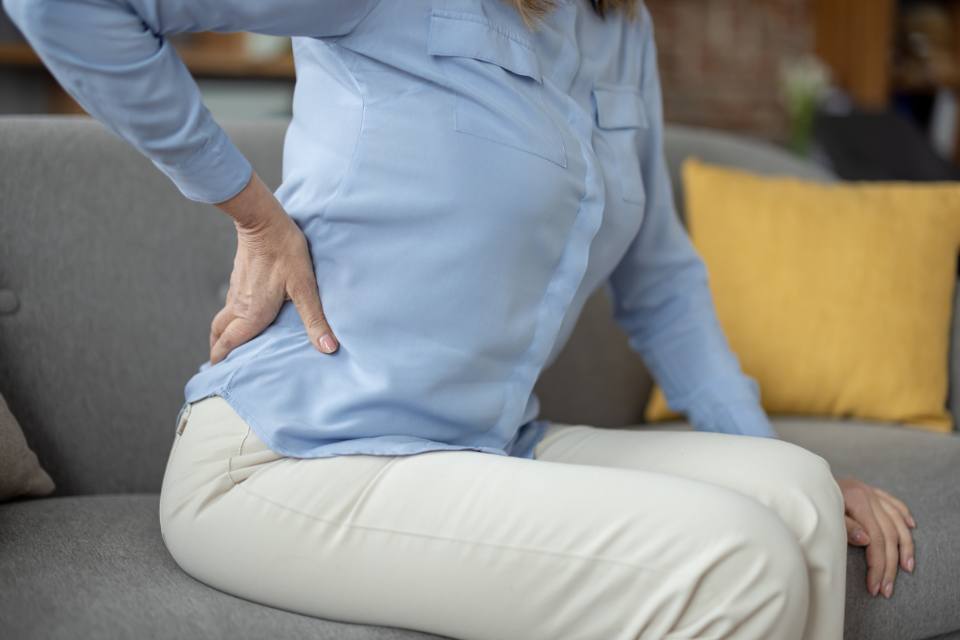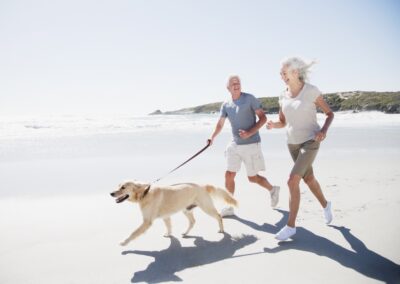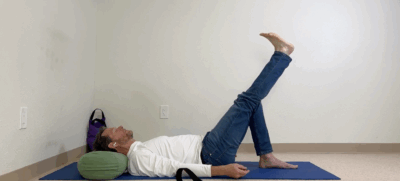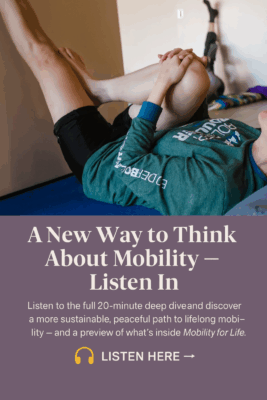 Spondylitis is a specific form of arthritis that affects the lower back, leading to stiffness and discomfort. Many people seek natural and effective ways to manage this condition, and yoga for Spondylitis has proven to be a valuable practice. By focusing on gentle movements, yoga can help relieve tension, improve movement, and promote overall spinal health. This article explores a simple yet effective way to encourage movement and alleviate lower back pain.
Spondylitis is a specific form of arthritis that affects the lower back, leading to stiffness and discomfort. Many people seek natural and effective ways to manage this condition, and yoga for Spondylitis has proven to be a valuable practice. By focusing on gentle movements, yoga can help relieve tension, improve movement, and promote overall spinal health. This article explores a simple yet effective way to encourage movement and alleviate lower back pain.
Understanding the Importance of Spinal Movement
Arthritis is often referred to as a disease, but I see it as nothing more than a toxic environment inside the synovial joint. Where there is toxicity, there is degeneration. Cleaning up the toxic environment inside each joint can promote health. With health comes the reduction or complete diminishment of pain.
Every joint in your body is designed to flex; that is when body parts come closer together and extend, and that is when body parts move further apart. The spine is no different; it is a stack of bones designed to flex and extend. The lower back has developed a stigma that it always needs to be supported and maintained. We are constantly reminded to maintain the lordotic curve in the lower back. There are back supports for office chairs, lower back supports in cars, and an overarching belief that the lower back must be stabilized at all times.
However, we must also encourage flexion in the lower back. While this is not a common thought, my experience and many of my students show that when we start to get movement and flexion into the lower back, we start to gain health. Where there is health, there is no pain. So, how do we get movement into the lower back? Let’s explore.
Essential movement for lower back pain relief
Steps to practice:
- Place a firm cushion close to a wall.
- Sit on the cushion.
- Position your sacrum (the lowest part of your spine) so that it touches the wall.
- Extend your feet out and bring the soles together.
- Place your heels about two big hand lengths away from the groin. Instead of pulling the heels in close, keep them far away. If you look down, your legs should form a square-like shape.
Why Keep the Heels Farther Away?
We use the heels as leverage to keep the sacrum in contact with the wall.
- Rest for a moment and feel the soles of your feet pressing into the floor.
- Press the sacrum against the wall.
- Your knees may be high or low, and it does not matter.
This shape will also work on the hips, and there is a very intimate and helpful relationship between the hip, which is a big ball and socket joint, and the movement of your lumbar spine. Whenever we reach over to pick something up, we want these joints to work in harmony, which is the whole idea of this next movement.
Getting the Movement into the Lower Back
- Press your feet into the floor.
- Feel your sacrum pressing against the wall.
- Slowly start to bend forward, allowing the entire spine to curve.
The upper back curves easily, but you do not want to crane or strain your head forward. You are not reaching because that would put the movement into the upper back alone, which is unnecessary. Instead…
- Lift your head slightly, ensuring your hands, arms, and shoulders remain relaxed.
- Press your feet into the floor and draw your abdominal muscles in. Feel your belly button moving toward the wall behind you.
Can you feel your sacrum pressing against the wall, as if someone had a piece of paper there and had difficulty pulling it out? Can you feel stiffness in your lower back? If you feel stiffness, you have found the restriction. Spend time with it. There is no need to force a perfect shape. Focus on finding the restriction. Spend some time with it to allow change to occur, usually one and a half to two minutes. This is where you practice peace.
- Continue pressing your feet into the floor, especially the outer edges of each foot.
- Continue drawing your belly in slightly.
Monitor your shoulders, neck, and head for any strain. Avoid pulling yourself forward, as that is a different type of yoga. Here, we aim to introduce movement into the lower back; even a little movement goes a long way.
You can do this shape daily, but allow yourself periodic rest days.
Coming Out of the shape
- Relax your head, neck, and shoulders.
- Reverse the process:
- Draw the belly in.
- Press the feet into the floor.
- Attempt to get each bone in the lower back to move toward the wall one at a time.
- Sit upright and rest your hands on your knees.
- Breathe through the nose and take a moment to relax.
For visual guidance and to explore more shapes, watch this video.
Understanding the Lower Back Support System
You do not need repetitions. This is not about strengthening or stretching. The lower back has a thick layer of lumbar fascia (the thoracolumbar fascia) and seven layers of muscles, providing significant support for keeping us upright. Most people assume that extending the lower back and the whole spine is difficult, but I have found the opposite to be true. With all the reinforcement on the back of the body and minimal support in the front, getting movement into the lower back requires conscious effort.
This shape, or variations, appears in many Avita yoga classes. While it also benefits the knees and hips, our primary goal is to encourage the lumbar spine to curve and move naturally in all directions.
Conclusion
Incorporating yoga for Spondylitis into your routine can significantly relieve lower back pain. Gentle movements like this encourage better movement, improve spinal health, and help alleviate stiffness caused by Spondylitis. By practicing this consistently, you support spinal health and promote overall well-being.
If you are experiencing persistent discomfort, incorporating yoga for Spondylitis can be an excellent natural approach to managing symptoms and enhancing movement. A little movement can go a long way in bringing relief and restoring function to your lower back.





